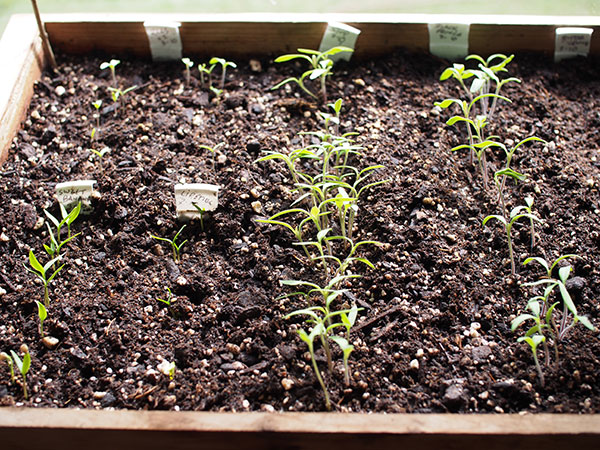

However, you can also make an anti-fungal solution consisting of 1 tablespoon (15 ml.) peroxide in 1 quart (1 L.) of water. Provide at least 12 hours of bright light per day.Ĭommercial fungal treatments, such as Captan, are readily available and easy to use.As an added benefit, the circulating air creates sturdier stems. If the air is humid, run some fans on low speed for a few hours each day.Overcrowded seedlings inhibit air circulation. Seedlings in plastic trays tend to be more resistant. Peat pots are convenient, but they are more prone to fungus growth.Note: never allow the plastic to touch the seedlings. It’s a good idea to remove the cover as soon as the seeds germinate, but if you want to leave the cover until the seedlings are larger, poke holes in the plastic or remove the dome periodically to allow air circulation. Some gardeners prefer not to cover seed trays, while others use plastic wrap or a dome cover.

Either way, water only enough to keep the potting mix slightly damp.

If you water from the top, be sure not to water seedlings directly. Many gardeners prefer to water from the bottom, which keeps the surface of the soil drier.
Water carefully, as overwatering leads to fungal diseases. If you are a seed saver, keep in mind that saved seeds are more likely to develop fungus than commercial seeds. To discourage fungus and speed drying, you can cover the seeds with a very thin layer of sand or chicken grit instead of soil. Read the seed packet carefully and be careful not to plant the seeds too deep. Wash all containers and garden tools in a mixture of one part bleach to ten parts water. You can sterilize seed-starting mix by baking it in a 200 degree F. Unopened bags are sterile, but once opened, the mix comes in contact with pathogens easily. Start with fresh, uncontaminated seed-starting mix. To help prevent fungal problems, use the following tips for fungus control when seed starting: Read on to learn about fungus in seed trays and tips for fungus control when seed starting. Depending on the type of fungal disease, seedlings may take on a twisted or water-soaked appearance, sometimes with fuzzy mold or dark colored threads on the surface of the soil. If, however, you forget or it becomes too time consuming, you can leave the domes on and follow our two-step process above for removing the algae if it does show up.Hours of careful planning are followed by still more hours of planting and tending seed trays, all to fill your garden with beautiful plants, but fungus in seed trays can stop the project before it barely gets started. This helps prevent the surface from becoming overly damp or humid. The disease can cause the death of aerial plant. Remove your germination dome for an hour a day. The fungus sporulates on the lower surface of leaves as a white, sparse downy growth. Take a damp paper towel and gently scrape off the surface of the soil where the algae are growing. Cinnamon is a natural repellent and can help stop the spread of algae, preventing it from blooming and absorbing all the nutrients needed for your plant. Sprinkle a little cinnamon on the algae. Algae can build up on your soil due to excess moisture and humidity levels but there's no need to worry! While algae do have their own photosynthesis process, they're not harmful to your plant and can be removed quite simply. What exactly are algae? They often appear as a green (sometimes brown) sticky, slimy substance that can grow on your plant pods. Give your seedlings plenty of heat and light, so they germinate and grow quickly. If it’s damp, your plant doesn’t need more water. Avoid indiscriminate watering by sticking your finger into the top inch of the soil. Overwatering invites the growth of mold and fungus in your plants. This will help increase air flow for your seedlings. Before you water, poke your finger in the dirt. If possible, create a breeze by placing a small fan nearby and turning it on periodically each day. You've noticed, however, something green growing and you don’t remember buying algae pods, so now what? Don’t overwater your seedlings or leave them sitting in water. You can also use baking soda to treat mold in your. Maybe you got your Smart Garden as a green gift or perhaps you wanted to start growing healthy herbs. Simply sprinkle a small amount of cinnamon on the soil surface once a week until the mold growth has stopped. Once the towel is damp but not soggy, I place my seeds on the inside of the 'card. I make my water 10 peroxide in an attempt to prevent mold. I then soak the towel in water and squeeze out the excess. You have decided to become an indoor urban farmer. I fold a paper towel over on itself several times to form a 'greeting card' shape, and write the name of the seeds and the date on the front.







 0 kommentar(er)
0 kommentar(er)
